Gaya Tourist Hotel (가야관광호텔)
10.6Km 11456 2020-04-14
14, Sinpyeong 1-gil, Yesan-gun, Chungcheongnam-do
+82-41-337-0101
Gaya Tourist Hotel, located in Doeksan Provincial Park, is surrounded by the beautiful forests and clean waters of Gayasan and Doeksungsan mountains.
The hotel has cozy rooms and other convenient facilities such as a coffee shop, restaurant, fitness club, souvenir shop, and a sauna that uses natural hot springs water (45℃) from 602 meters underground. Due to its famous spa, the Gaya Tourist Hotel is a well-known tourist spot on the west coast and is mainly frequented by family visitors.
Historic Site Related to Seong Sam-mun (성삼문선생유허지)
11.0Km 0 2024-01-18
403-12 Maejukheon-gil, Hongbuk-eup, Hongseong-gun, Chungcheongnam-do
This historic site related to Seong Sam-mun is believed to be the birthplace of Seong Sam-mun, and was founded by his maternal ancester, Park Dam. A shrine was built here in 1685 to honor Seong Sam-mun and the five others ministers who were executed with him for their plot to restore King Danjong to the throne after he was exhiled by his uncle. The site was destroyed in 1864 when Confucian facilities were removed by the government, but was later rebuilt in 1945.
Seosan Gayasan Mountain (가야산(서산))
11.1Km 39486 2022-11-17
Sansu-ri, Seosan-si, Chuncheongnam-do
+82-41-662-2113
Gayasan Mountain has easy and enjoyable hiking trails connecting Gayabong Peak, the main peak, with other peaks and mountains, namely Wonhyobong Peak (677 m), Ogyangbong Peak (621.4 m), Illaksan Mountain (521.4 m), Sujeongbong Peak (453 m), and Sangwangsan Mountain (307.2 m). The trails are as easy and suitable for all hikers including the elderly and young hikers. A distant view of the west sea is even visible from the top of the mountain. Gayasan Mountain offers amazing scenery all year round, most notably in spring when azaleas, royal azaleas, and an array of wildflowers are in full bloom.
The mountain also contains the Seosan Rock-carved Buddha Triad (National Treasure), which is considered the best rock-carved Buddha from the Baekje period. The mountain is also home to Bowonsa Temple Site, Gaesimsa Temple, and Illaksa Temple. With one National Treasure, six Treasures, and four cultural heritages preserved on the mountain, it is safe to say that Gayasan Mountain is the heart of Naepo Culture Zone (northwestern region of the province of Chungcheongnam-do), making the entire mountain a cultural asset.
Gwangcheon Cave Salted Shrimp Market (광천 토굴새우젓시장)
11.5Km 23897 2024-02-26
8-20, Gwangcheon-ro 285beon-gil, Gwangcheon-eup, Hongseong-gun, Chungcheongnam-do
Gwangcheon Cave Salted Shrimp Market is a traditional market located in Gwangcheon, between Hongseong and Boryeong. Gwangcheon’s proximity to the Yellow Sea makes it a famous place for jeotgal (salted seafood), made using seafood and shrimp caught from the Yellow Sea, and laver seaweed. Gwangcheon’s saeujeot (salted shrimp) is stored and aged in a cave tunnel, so it has great quality. The market also offers agricultural goods, seafood, clothing, and sundry items.
Yanggoksa Shrine (양곡사)
11.7Km 0 2024-01-16
131-31 Hongnamseo-ro, Seobu-myeon, Hongseong-gun, Chungcheongnam-do
Yanggoksa Shrine is located in Yanggok-ri, Hongseong, and enshrines the memorial tablets of Han Won-jin, and his disciples Song Neung-sang, and Kim Han-rok. The shrine was built in 1772 to commemorate Han Won-jin, and then was later rebuilt in 1987 with the addition of Song Neung-sang and Kim Han-rok's memorial tablets.
Gwangcheon Cave Salted Shrimp Complex (광천토굴새우젓단지)
13.2Km 4623 2024-02-26
119, Gwangcheon-ro, Gwangcheon-eup, Hongseong-gun, Chungcheongnam-do
Gwangcheon Cave Salted Shrimp Complex is a collection of shops offering saeujeot (salted shrimp), a specialty of Gwangcheon. Gwangcheon’s proximity to the Yellow Sea makes it a famous place for jeotgal (salted seafood), particularly those made with shrimp. Gwangcheon’s saeujeot (salted shrimp) is stored and aged in a former mine cave tunnel, so it has great quality. There is even an exhibition hall dedicated to Gwangcheon cave salted shrimp. The Gwangcheon Cave Salted Shrimp & Dried Laver Festival is held in October.
Haemieupseong Walled Town (서산 해미읍성)
13.5Km 25132 2021-08-18
143, Nammun 2-ro, Seosan-si, Chungcheongnam-do
+82-41-661-8005
Haemieupseong Walled Town is a representative fortress from the Joseon period. Additional famous walled towns in Korea include Gochangeupseong Walled Town and Naganeupseong Walled Town. Haemieupseong Walled Town was established in 1491 during the 22nd year of King Seongjong. Its perimeter is approximately 1.8 kilometers, the x_height is 5 meters, and total area is 196,381 m², making it a huge fortress. Through restoration and purification projects, its old image has been restored as a historic park and it is famous as a site of Catholic martyrs' in the late Joseon era.
During the persecution of Catholics, many Catholics from Chungcheong-do were forced to come to Haemieupseong Walled Town where the administration office was located. Upon arrival, they were tortured to death. In particular, approximately 1,000 people are recorded as having been executed during the persecution in 1866.
The plaza inside of the fortress has a prison site where Catholics were chained up under the Daewongun government, and a gigantic old tree which was the tree used for torturing. The stones which were used for thrashing are located outside of a fortress gate and have become a holy place.
Seosan Haemieupseong Festival (서산해미읍성축제)
13.6Km 21899 2024-06-05
143 Nammun 2-ro, Seosan-si, Chungcheongnam-do
+82-41-660-2697
Seosan Haemieupseong Festival is held every October at Haemieupseong Walled Town, a fortress with over 600 years of history. Various events and programs are offered including an overnight program in front of the fortress. Exciting performances such as a reenactment parade, traditional music performances, and fireworks are also planned.
Haemi Martyrdom Holy Ground (Yeosutgol) (해미순교성지(여숫골))
14.0Km 24160 2020-03-06
13, Seongji 1-ro, Seosan-si, Chungcheongnam-do
+82-41-688-3183
Haemi Martyrdom Holy Ground is the site where nearly 1,000 Catholics
in Chungcheongnam-do were buried alive during the time between the Byeongin Persecution in 1866 and 1882. At that time, Catholics were executed outside Haemieupseong Fortress' Seomun Gate (West Gate). As it was difficult to execute them one by one, the martyrs were buried alive in a big hole all at once. When confronted with their deaths, the martyrs prayed while singing 'Yesumaria' (Jesus Maria). Because it also sounds like "Yeosumeori", the place was called 'Yeosutgol' as well.
The 16-meter-high memorial tower was set set up near Haemicheon Stream to pay tribute to the nameless martyrs who were buried alive. Many Catholics visit this location every year to remember and honor the martyrs who sacrificed their lives for their belief.
Hanil Sikdang [Sapgyo, Yesan] (한일식당[예산 삽교])
14.3Km 1882 2024-02-21
58, Sapgyoyeok-ro, Sapgyo-eup, Yesan-gun, Chungcheongnam-do
Hanil Sikdang has served someori gukbap (beef head meat and rice soup) in front of Sapgyo Station for nearly 70 years. Someori gukbap (beef head meat and rice soup) is a soup boiled with beef head meat, beef offal, radish, and dried radish leaves, using a broth simmered with beef head and bones. The soup is kept boiling in a massive cast iron pot all day long. When a bowl is ordered, the soup is ladled into a hot pot and garnished with meat and green onions. The someori gukbap (beef head meat and rice soup) here is slightly spicy.

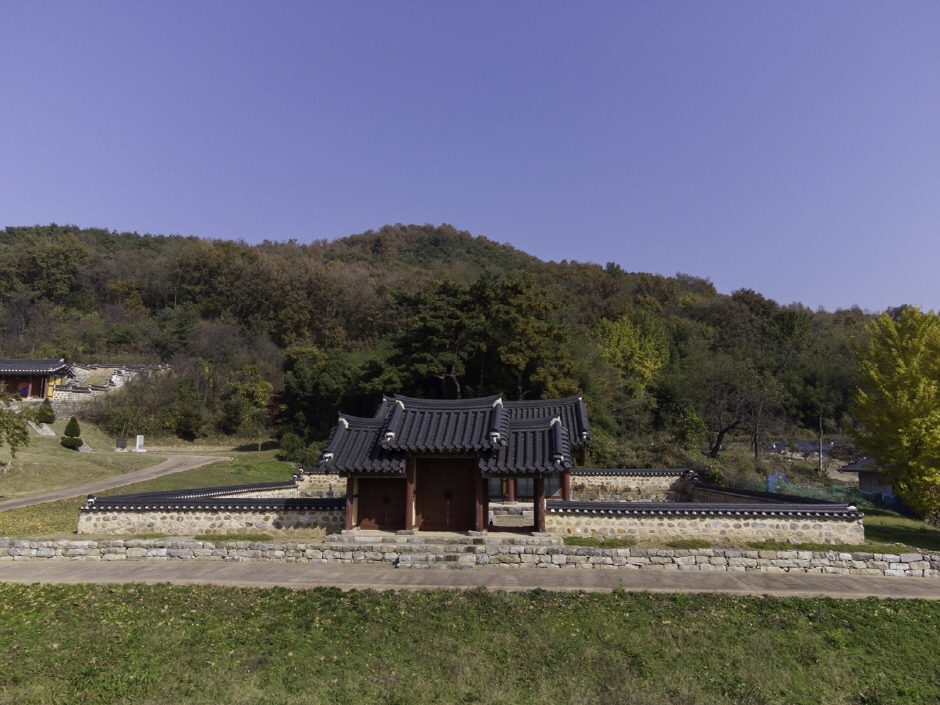
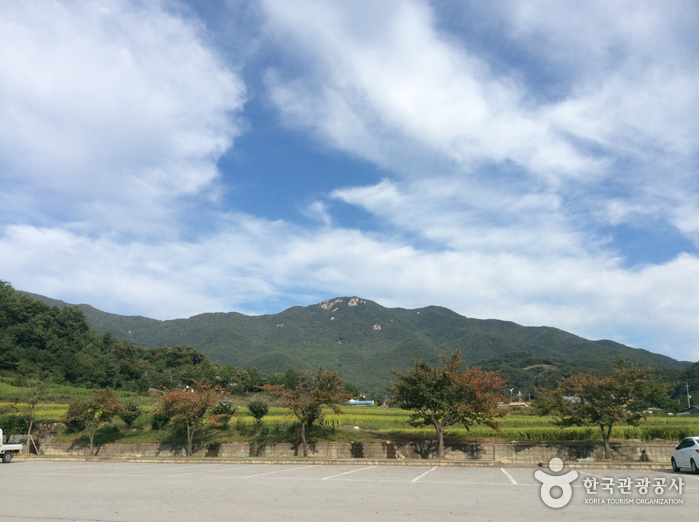
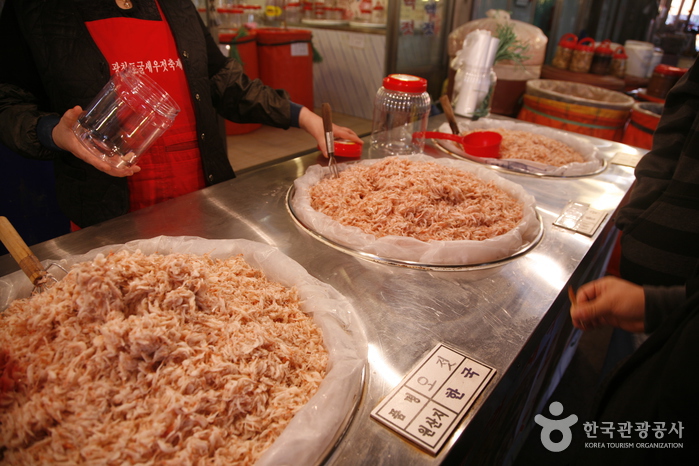
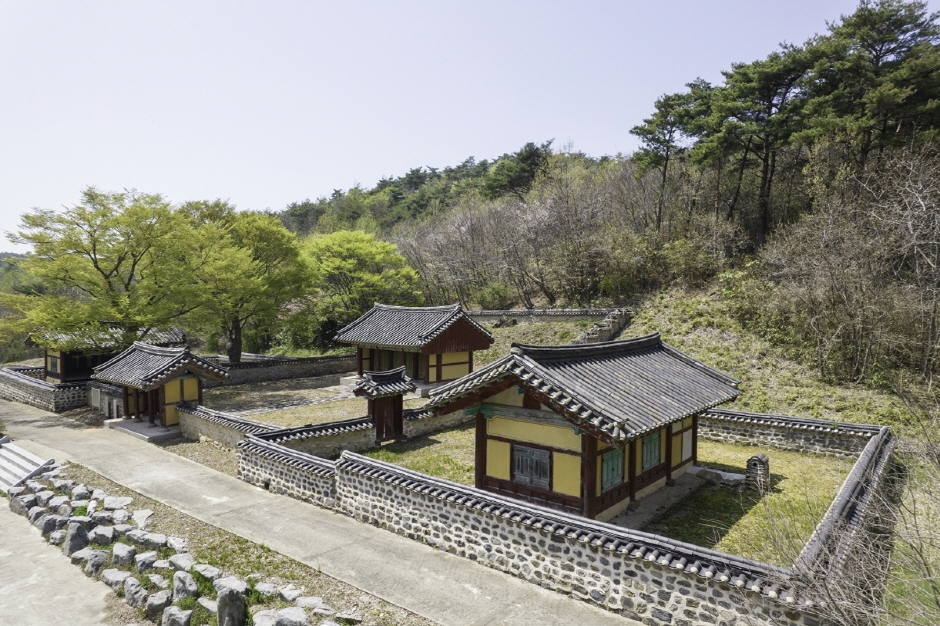
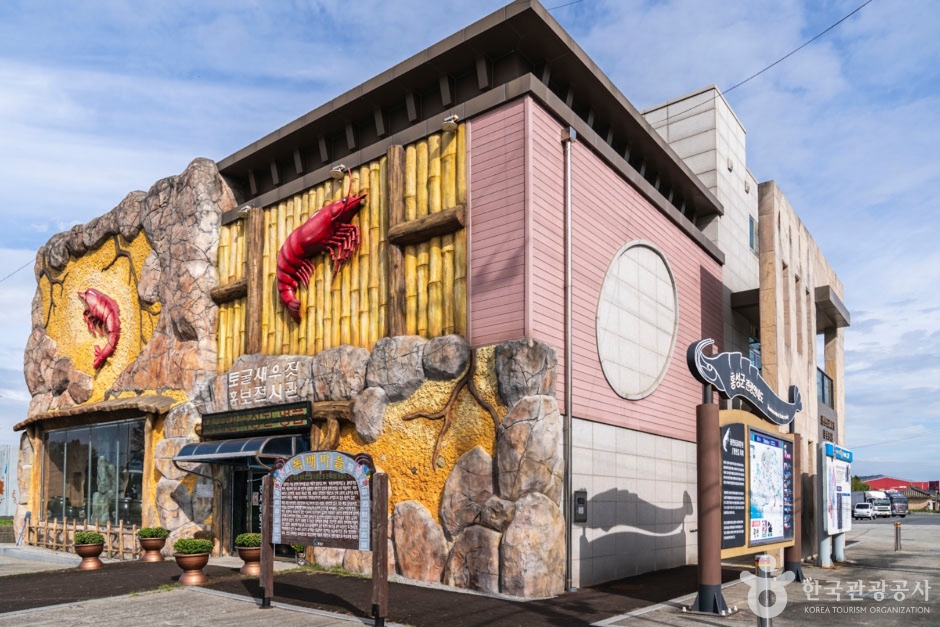
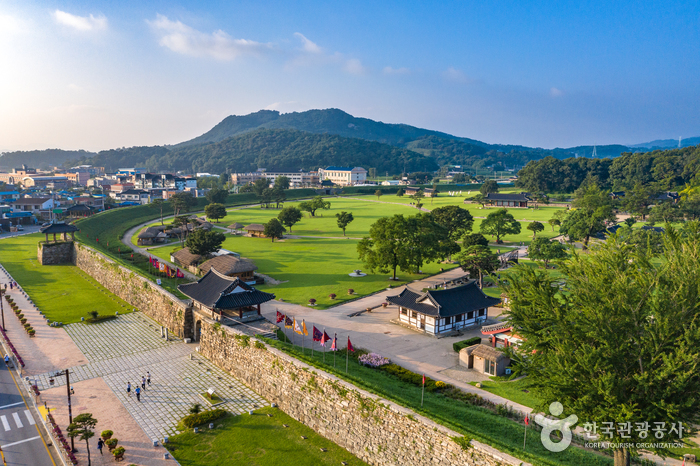
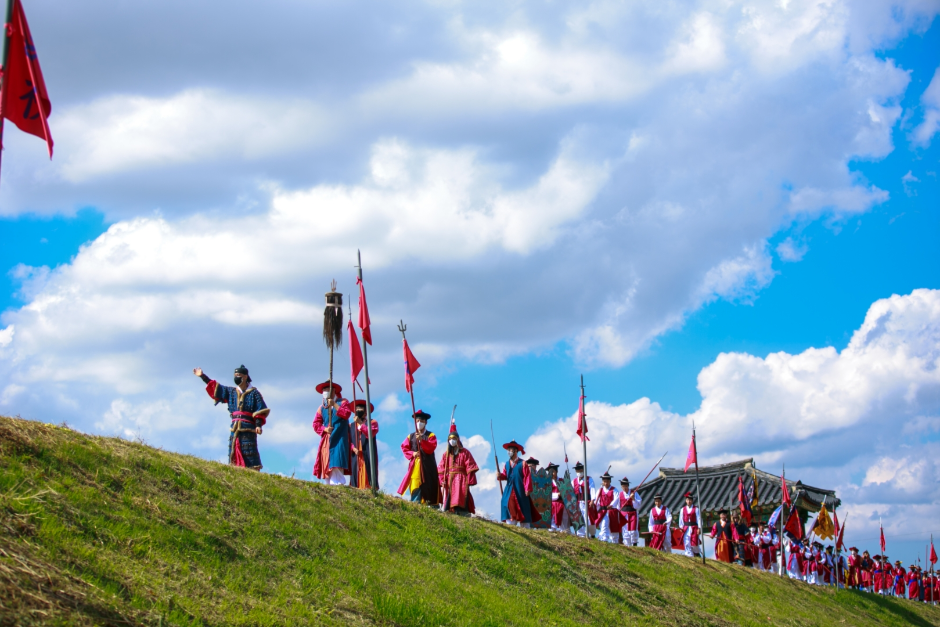

![Hanil Sikdang [Sapgyo, Yesan] (한일식당[예산 삽교])](http://tong.visitkorea.or.kr/cms/resource/18/3056018_image2_1.jpg)
 English
English
 한국어
한국어 日本語
日本語 中文(简体)
中文(简体) Deutsch
Deutsch Français
Français Español
Español Русский
Русский